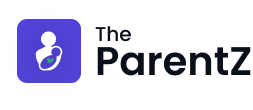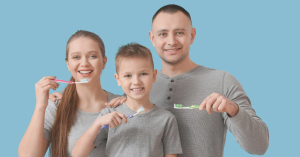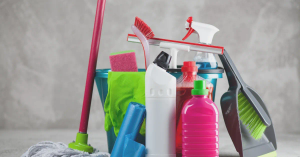Head lice are a common nuisance among school-aged children, causing itchiness and discomfort. These tiny parasites are not dangerous, but their presence can be frustrating for both children and parents. Understanding how to identify, treat, and prevent head lice is key to managing an infestation effectively.
What Are Head Lice?
Head lice (Pediculus humanus capitis) are small, wingless insects that live on the scalp and feed on human blood.
• Size: About the size of a sesame seed.
• Color: Grayish-white to brown.
• Reproduction: Female lice lay eggs (nits) at the base of hair shafts close to the scalp.
Signs of a Head Lice Infestation
1. Itching: The most common symptom caused by an allergic reaction to lice bites.
2. Visible Lice: Tiny, moving insects on the scalp or hair.
3. Nits (Eggs): Small, oval-shaped eggs attached firmly to hair shafts.
4. Sores: Scratching may lead to red, irritated skin or sores on the scalp.
5. Restlessness: Infested children may have trouble sleeping due to itching.
How Are Head Lice Spread?
Head lice are highly contagious and spread through direct contact. Common ways include:
• Head-to-Head Contact: During play, school, or sleepovers.
• Shared Items: Combs, hats, hair accessories, and headphones.
• Furniture or Bedding: Though rare, lice can transfer from infested items.
Treatment Options for Head Lice
1. Over-the-Counter (OTC) Treatments:
• Permethrin Lotion: A common first-line treatment.
• Pyrethrin-Based Products: Effective but not recommended for children with ragweed allergies.
2. Prescription Medications:
• Ivermectin Lotion: Kills lice and nits in a single application.
• Spinosad Topical Suspension: Highly effective for resistant infestations.
• Malathion Lotion: For severe cases; requires careful application.
3. Manual Removal:
• Use a fine-tooth lice comb to remove lice and nits.
• Repeat combing every 2–3 days for 2 weeks.
4. Natural Remedies:
• Essential Oils: Tea tree oil or eucalyptus may help but should be used cautiously to avoid skin irritation.
• Home Remedies: Wet combing with conditioner is an alternative to chemical treatments.
Prevention Tips
Preventing head lice can be challenging, but these measures can help:
• Avoid Sharing Personal Items: Teach children not to share combs, hats, or hair accessories.
• Tie Back Long Hair: Keeping hair tied can reduce the risk of lice transfer.
• Regular Checks: Inspect your child’s scalp and hair regularly, especially after exposure to known infestations.
• Educate: Talk to children about avoiding head-to-head contact during play.
When to Call a Doctor
Seek medical advice if:
• OTC treatments fail after two applications.
• Your child develops a skin infection from excessive scratching.
• The infestation is widespread or recurrent.
Myths About Head Lice
1. Lice Indicate Poor Hygiene: Lice infestations are not related to cleanliness.
2. Lice Jump or Fly: Lice can only crawl, not jump or fly.
3. Pets Spread Lice: Head lice cannot live on pets.
Conclusion
Head lice are a common problem for children but can be managed effectively with prompt treatment and preventive measures. Regular scalp checks, proper education, and appropriate treatment options can help keep these unwanted guests away. If treatments fail or symptoms persist, consult your healthcare provider for additional support.
References:
• Centers for Disease Control and Prevention (CDC). Head lice information.
• American Academy of Pediatrics. Treatment and management of head lice.
• Mayo Clinic. Head lice: Symptoms, causes, and treatment.








